C02 Gas System
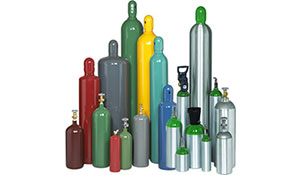 Beer dispense systems use pressurised C02 and CO2 mixed gases to pressurise the keg enabling beer to be pumped through the beer lines to the dispense stations and beer taps.
Beer dispense systems use pressurised C02 and CO2 mixed gases to pressurise the keg enabling beer to be pumped through the beer lines to the dispense stations and beer taps.
- Pressurised CO2 and CO2 mixed gases maintain the correct gas equilibrium levels within the keg beer ensuring correct head presentation and beer presentation when dispensing the beer.
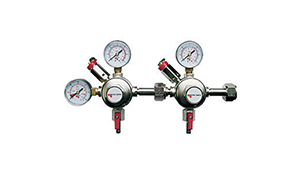 Gas pressure helps determine dispensing speed at the beer tap at approximately 17 to 21 seconds per litre which ensures correct head formation and presentation of the dispensed·beer.
Gas pressure helps determine dispensing speed at the beer tap at approximately 17 to 21 seconds per litre which ensures correct head formation and presentation of the dispensed·beer.
- Excessive gas pressure in a chilled environment over a period of time can result in over carbonation of the beer causing excessively frothy beer when dispensed. Excessive gas pressure can also cause the beer to pour too fast which can make the beer lively to dispense.
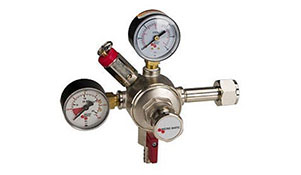 Low gas pressure can result in poor head presentation and·flat looking beer in appearance. Low gas pressure will also make the beer pour slowly with some gas breakout similar to when the gas supply has been exhausted.
Low gas pressure can result in poor head presentation and·flat looking beer in appearance. Low gas pressure will also make the beer pour slowly with some gas breakout similar to when the gas supply has been exhausted.
Reticulation Equipment
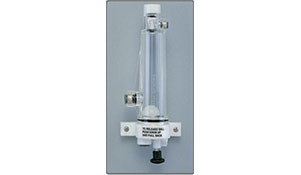 Keg Couplers are a simple quick release tapping devices used to tap and connect a keg to the beer reticulation system. Once connected the beer is then able to be·drawn·from the keg and pumped through the·beer reticulation·supply system to various points of dispense.
Keg Couplers are a simple quick release tapping devices used to tap and connect a keg to the beer reticulation system. Once connected the beer is then able to be·drawn·from the keg and pumped through the·beer reticulation·supply system to various points of dispense.
- Fob Detectors are a basic 'float in chamber'·shut off valve used to shut down a beer supply line when the keg runs out reducing beer and time wastage. By shutting down the·beer supply at source a fob detector enables the majority of the remaining beer lines to remain fully primed and ready for a fresh keg to be connected to the reticulation supply system.
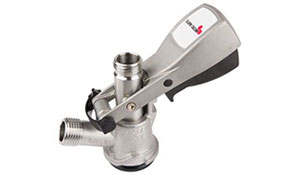 Beer Pumps are specifically designed beverage pumps powered by pressurised C02 or compressed air. Beer Pumps are used as the primary driver of·beer through the reticulation system to the point of dispense. Beer pumps have several·useful characteristics which are beneficial to the management of tap beer. They·allow smaller diameter beer lines to be used which reduces wastage during beer line cleaning and·also their ability to mechanically pressurise beer products without any risk of over carbonation. This characteristic allows lower gas pressures to be used and·will assist with dispensing standards when·the keg dispense temperature has been compromised thorough marginal·refrigeration.
Beer Pumps are specifically designed beverage pumps powered by pressurised C02 or compressed air. Beer Pumps are used as the primary driver of·beer through the reticulation system to the point of dispense. Beer pumps have several·useful characteristics which are beneficial to the management of tap beer. They·allow smaller diameter beer lines to be used which reduces wastage during beer line cleaning and·also their ability to mechanically pressurise beer products without any risk of over carbonation. This characteristic allows lower gas pressures to be used and·will assist with dispensing standards when·the keg dispense temperature has been compromised thorough marginal·refrigeration.
Keg Cool Room
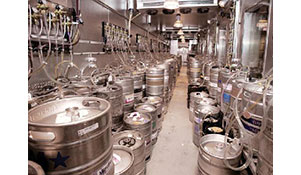 Keg cool rooms are used to store·kegs in a chilled environment primarily to pre chill kegs to dispense temperature before use and to preserve the integrity of kegged products by storing it like other food products in a controlled refrigerated environment.
Keg cool rooms are used to store·kegs in a chilled environment primarily to pre chill kegs to dispense temperature before use and to preserve the integrity of kegged products by storing it like other food products in a controlled refrigerated environment.- Keg cool rooms are built with insulated walls and floors to ensure they are efficient and can continuously maintain the correct operating temperature in any season or geographical region.
- Keg cool rooms provide a secure, remote location to store kegs well away from the bar area along with refrigeration and other cellar·equipment.·The keg cool room walls also offer an ideal surface to mount cellar boards and keg tapping equipment.
Icebank Under Bar Chillers
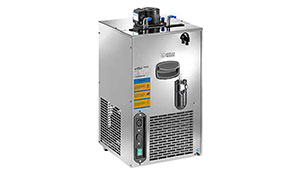 Icebanks or In Line Chillers beer chiller units are small to medium sized under counter positioned beer chillers units used in phyiscally small outlets or outlets that have limited space to position a cool room to locate kegs.
Icebanks or In Line Chillers beer chiller units are small to medium sized under counter positioned beer chillers units used in phyiscally small outlets or outlets that have limited space to position a cool room to locate kegs.
- Icebanks do not chill the keg itself but chill the beer through a refrigerated stainless coil as the beer is drawn off from the keg. As the beer is dispensed at the beer tap more beer is drawn from the keg and cooled as it passes through the stainless coil.
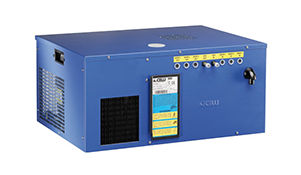 Icebank units are required to cool beer down from an ambient temperature to between 2 degress and 4 degrees which requires efficient refrigeration but which ultimately places limits on the volume of beer dispensed over a period of time. Icebanks generally do not have refrigeration capacity to dispense very large volumes of beer over short periods of time which makes them more suited to restaurant and small volume hospitality businesses.
Icebank units are required to cool beer down from an ambient temperature to between 2 degress and 4 degrees which requires efficient refrigeration but which ultimately places limits on the volume of beer dispensed over a period of time. Icebanks generally do not have refrigeration capacity to dispense very large volumes of beer over short periods of time which makes them more suited to restaurant and small volume hospitality businesses.

